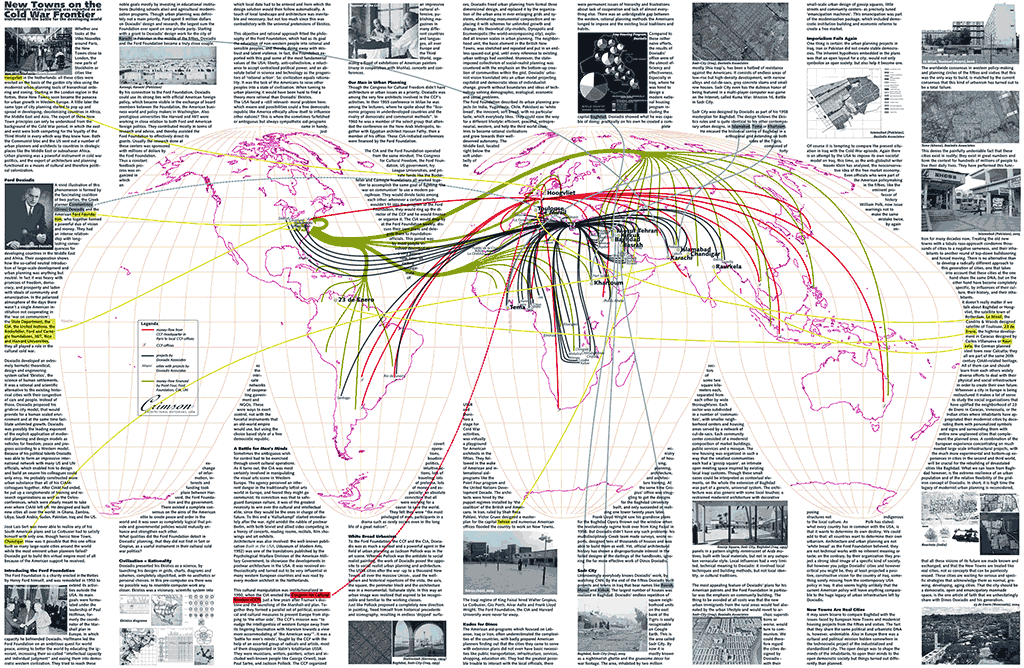Looking at the cities that were built from scratch during the fifties and sixties all over the world, it is astonishing to see how the world population growth was accommodated along very similar lines in places very remote and different in culture and political background. Whether one looks at the Villes Nouvelles around Paris, the New Towns close to London, the new parts of Stockholm or cities like Hoogvliet in the Netherlands, a similar strategy and design method was applied. These cities were erected based on the ideas of the garden city, and a hierarchical ordering and zoning of functions relying on modernist urban planning. Starting in the London region in the forties, these New Towns soon became the panacea for urban growth in Western Europe. Harder to understand is how the same modernist urban planning started to pop up and spread in developing, decolonising countries in Africa, the Middle East and Asia. The export of these New Town principles can only be understood from the background of the Cold War period, in which the east and west were both competing for the loyalty of the third world in every which way they knew how. While the endeavours of the Soviet Union in this field remain largely unresearched, it is clear that the US sent out a number of urban planners and architects to countries in strategic places like the Middle East. The hypothesis soon formed that urban planning was considered to be a powerful instrument in cold war politics, and that the export of architecture and planning functioned as a means of cultural in stead of political colonization.

exhibition:
CRIMSON Architectural Historians
exhibition and research project
2006
200 x 300 cm